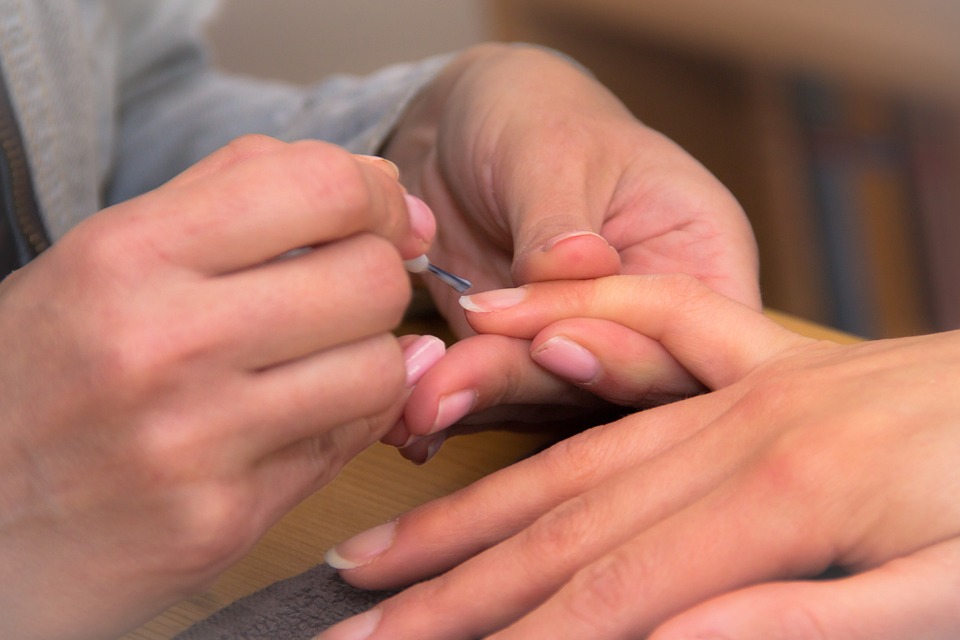
Image Credit: Pixabay
You may have wondered “Are nail polishes healthy?”, “Is there a non-toxic nail polish?”, “How do I tell a toxic from a non-toxic polish?”. These are valid questions that relate to your health and well-being.
It has been found that traditional nail polishes contain chemicals and materials that are hazardous to the well-being of people that use them because of their connection to skin irritations, cancers, etc. The harmful chemicals, at minimum, lead to dryness of the nails, and sometimes a weakening of the nails. So, when you want to have beautiful and healthy nails, it is essential to choose nail polishes that are non-toxic so as to reduce your exposure to health problems.
The three most common toxic chemicals in nail polish (called the toxic trio) are Formaldehyde, Dibutyl Phthalate (DBP) and Toluene. Other toxic materials include Formaldehyde Resin (a derivative of formaldehyde), Camphor (which affects reproduction, hormones, metabolism and development), Ethyl Tosylamid (which could cause antibiotic resistance in the body), and Xylene (a known allergen and possible carcinogen).
- Formaldehyde
Formaldehyde is customarily used to embalm dead bodies and is classified by the International Agency for Research on Cancer as a known human carcinogen (cancer-causing agent). Formaldehyde is a common constituent of nail hardeners, with concentration as much as 5%. Formaldehyde resin is found in nail polish and they usually contain up to 1% formaldehyde concentration.
- Dibutyl Phthalate (DBP)
DBP is used as a solvent for dyes and for preventing nail polishes from becoming brittle. It is classified by the European Union as toxic to human reproduction and a possible endocrine disruptor. DBP has also been linked to kidney and liver failure in children that suck or chew on their fingers that have been polished with the product for extended periods. DBP is also linked to cancer and birth defects. DBP is classified by the European Union as toxic to aquatic organisms.
- Toluene
Toluene is chemically derived from petroleum/coal and is harmful to the nervous system. Links have been established between Toluene and impaired human reproduction, nausea, impaired breathing. The Canadian Centre for Occupational Health and Safety classifies Toluene as a moderate skin irritant. When exposed to the skin for long periods, it can cause dermatitis. Inhaling Toluene vapor can cause slight drowsiness, headache, irritation of the throat, nose and respiratory tracts.
Benefits of non-toxic nail polish
- Better health
Toxic nail polish makes a person susceptible to health hazards including cancer. Choosing a non-toxic nail polish reduces, or eliminates, your chances of being exposed to such harmful chemicals that can affect your health negatively.
- Safer environment
Not only are the chemicals in nail polish harmful to humans, but they are also hazardous to the environment. The process of manufacture of the chemicals and their toxic content pose threats to living organisms in the biosphere.
- No smell or odor
Non-toxic nail polish does not smell like toxic nail polish. The smell of the toxic nail polish arises from the chemical composition of the polish and sometimes induces a headache when inhaled.
- Good for the nails
Ordinary non-toxic nail polish does not affect the health of nails, while toxic nail polish can make the nails chipped, yellow or brittle.